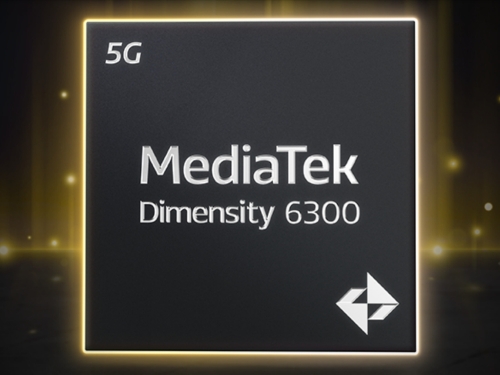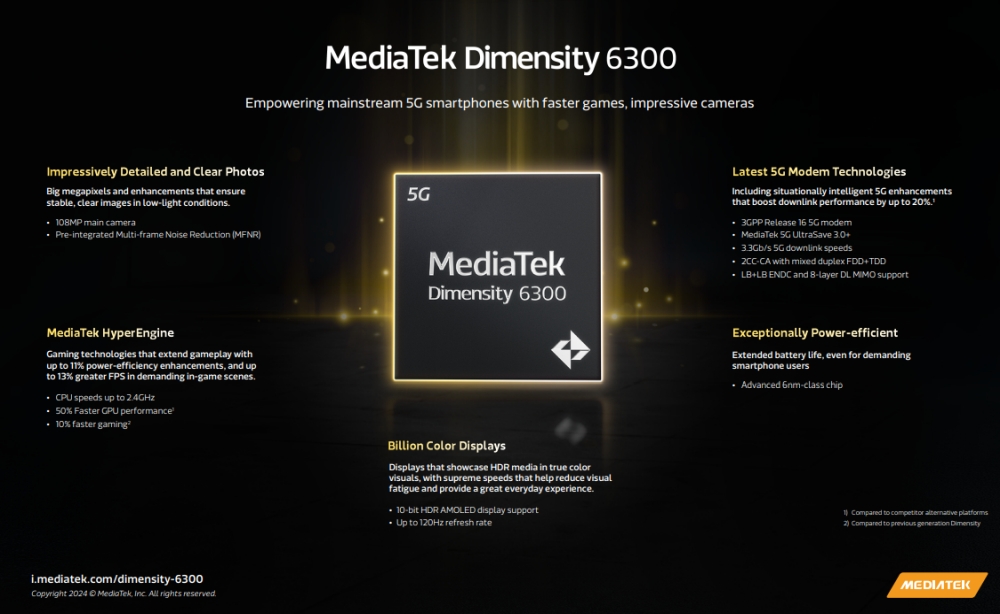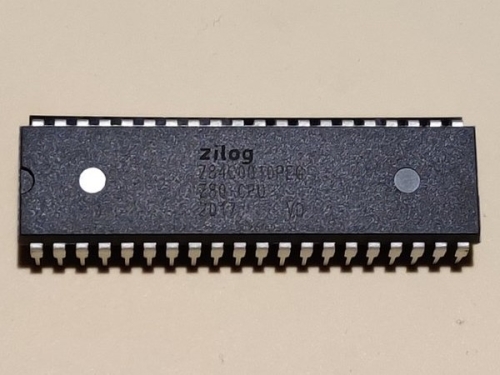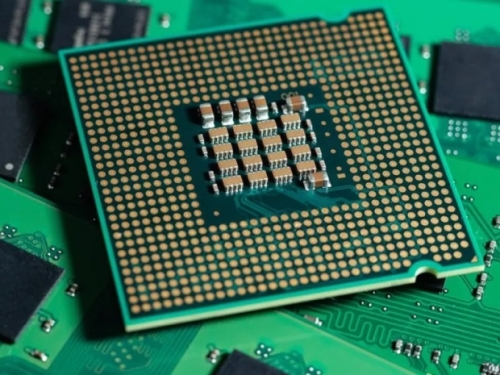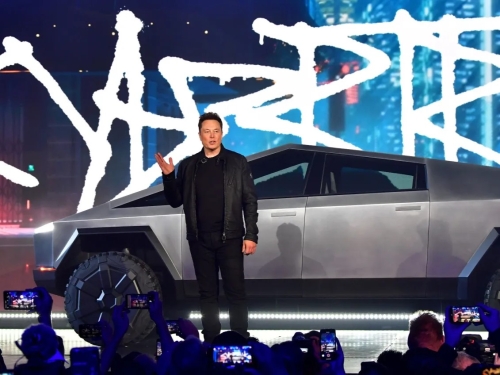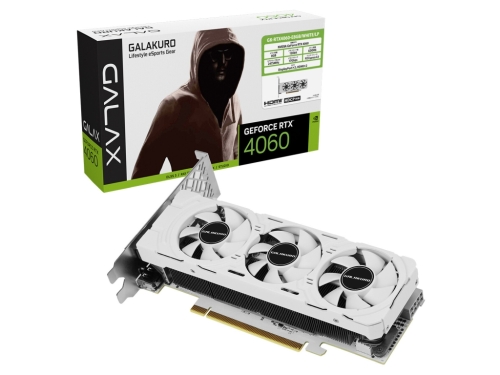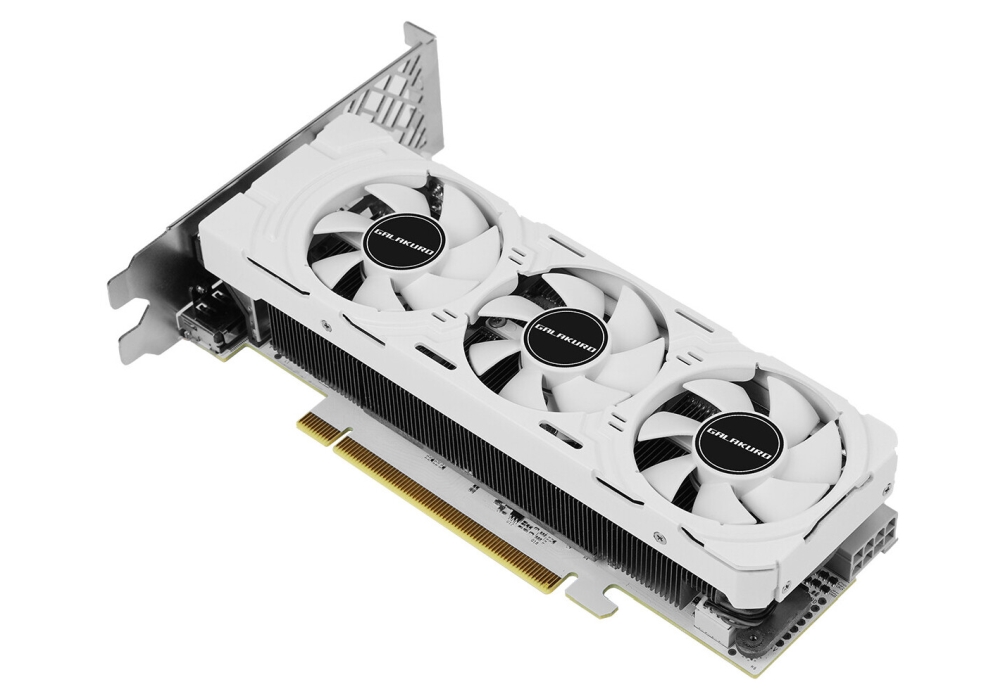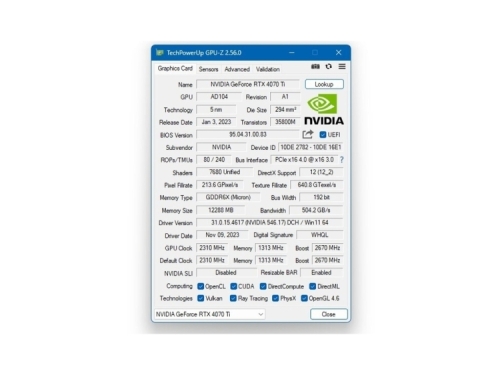The Tesla Cybertruck, Musk's brainchild, was trotted out in 2019, and by the tail end of 2023, Tesla was already dispatching these behemoths despite a litany of unresolved safety qualms. The stainless steel, box-like turkey, tipping the scales at an absurd 6,000 lbs and allegedly impervious to bullets, has been the butt of jokes since its inception. Musk's attempt to showcase its "bulletproof" windows ended in a farce when a couple of them shattered at the toss of a metal ball.
As the deliveries commenced, many issues remained unaddressed: the stainless steel's contribution to a minuscule crumple zone, the hood's length and truck's height causing visibility woes, the absence of a rear window, and a dubious steer-by-wire system.
To top it off, Musk's penchant for sidelining safety measures in his rush to market is well-documented. The necessity for a 6,000 lb bulletproof truck raised eyebrows, leaving many to ponder the intended use of such a vehicle. Thus, it was hardly a shocker when every Cybertruck was summoned back shortly after delivery.
Tesla was compelled to recall a staggering 3,878 Cybertrucks produced between November 13, 2023, and April 4, 2024, which presumably accounts for every Cybertruck in existence.
The National Highway Traffic Safety Administration's recall notice pinpointed a defect where the accelerator pedal could become wedged when depressed.
The report cited an "unauthorised alteration" during production, where "lubricant (soap)" was applied to the pedal, diminishing its "retention." A Cybertruck owner highlighted the issue on TikTok, showing how the excessively long pedal could slip into a gap and get stuck.
While the brake pedal remained operational and could override a jammed accelerator, lifting one's foot off the pedal could catapult the vehicle to perilous velocities. This was particularly alarming given the Cybertruck's ability to bolt from 0 to 60 mph in a mere 2.6 seconds.
Consequently, all delivered Cybertrucks were recalled for pedal replacements. Yet, one must query why the myriad other flaws remain unrectified. For instance, the vehicle's dismal visibility was so pronounced that Musk was caught on film nonchalantly mowing down a road sign with his Cybertruck.
The recall sparked a flurry of attention on social media, with many curious about the number of Cybertrucks sold. The paltry figure is quite telling, especially against numerous recorded malfunctions. One driver recounted how a routine car wash incapacitated their Cybertruck, leaving it inoperative and emitting odd sounds from the dashboard for five hours, much to the bewilderment of social media onlookers.
Judging by the scant number of Cybertrucks sold and the frequency of failures showcased on social media, one might deduce a relatively high failure rate. Moreover, this isn't Tesla's sole recall debacle. Last year, all self-driving Teslas were recalled due to an autopilot glitch. With such a litany of blunders, speculation abounds about when Tesla might crumble or face a class-action lawsuit.
The silver lining, if one can call it that, is the mere 3,878 Cybertrucks in circulation, reducing the likelihood of encountering one and reassuring us that not every member of the incel brigade has managed to arm themselves with a Cybertruck just yet.
Now, Musk's Cybertruck's colossal flop is laid bare for all to see, with a complete recall and a laughably low delivery count, despite Musk's grandiose proclamations that his truck is the next revolutionary vehicular marvel.




